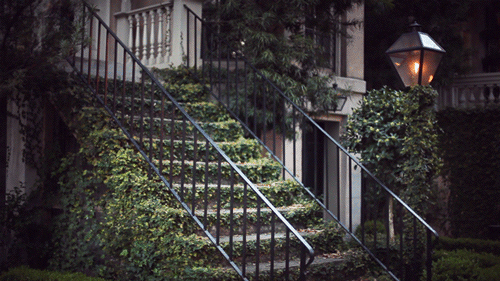Xobni recently announced that they were coming up with a version of their contact management system for Gmail. I promptly signed up; and the invitation came yesterday.
Setting up Xobni
Setting up Xobni was a quick affair. Xobni for Gmail uses a browser extension, and currently extensions are available for both Firefox and Chrome. I installed the beta on Chrome.
After installation, the Xobni shows up as a side bar to the right of your Gmail inbox. The beta comes in just one color - a baby blue palette - which really stands out if you are using a skin in Gmail.
Once you are set up, Xobni connects to your Gmail account and indexes your contacts from your email. For some reason Xobni does not index Gmail contacts today. This does impact the intelligence that Xobni brings to contacts.
Using Xobni for Gmail
Initially Xobni looks like an ugly version of your contacts bar, on the right side of the inbox. The magic begins once you click on an email from a contact. The Xobni bar changes to show you more information about your interaction with that contact.
In a mostly intuitive fashion, Xobni shows you the history of conversations with the contact, recent emails exchanged and other contacts that were part of these conversations.
In the inbox, Xobni displays a "trending contacts". It seems like the trend is a mixture of recent emails and volume, but there is no way to customize that at the moment. The flip side, as expressed by a frustrated user over at Xobni's support, is that you may end up being forced to see the same face you correspond with a lot - even if that is a face you never want to lay your eyes on again.
This is clearly a beta
If you are a regular user of Xobni on Outlook, you know pretty much what to expect from this plugin. But the implementation is clearly a beta at the moment, and not everything works smoothly. I was not able to test the entire "social" aspect of the tool, because Xobni always comes back saying none of my contacts have LinkedIn or Twitter accounts. (cannot test Facebook though).
The contact photos from their Gmail accounts were also not making their way through for me. While this could have something to do with the inability to assign default (or primary) email addresses, it can just as well be an artifact of the tool's beta status.
Xobni, when it came out, was an unbelievably slick addition to Outlook. Compared to the clumsy UI and straitjacketed implementation of the default address-book, Xobni was game changer. But in the search-centric, minimalist, world of Gmail, Xobni is just another way of looking at emails and contacts. Yes, it does more than Gmail contacts, but I am not sure if it adds much to the user interaction model. If and when the social aspect of the tool begins to work, it is worth seeing if that ends up making Xobni a must-have.
Pros:
- Quick and easy installation. Indexing a Gig worth of emails took just a couple of minutes.
- A very useful, contact centric, way of browsing through emails.
- An extremely powerful way of consolidating contacts if used in conjunction with Xobni for Outlook.
Cons:
- Contact pictures, even for the Gmail contacts, are not being displayed.
- Does not connect to Gmail contacts, or use its' meta-data. Weak analytics for duplicate consolidation.
- No way to order addresses within a contact. Or delete or reorder contacts themselves.
- Social does not work (reliably?).
















